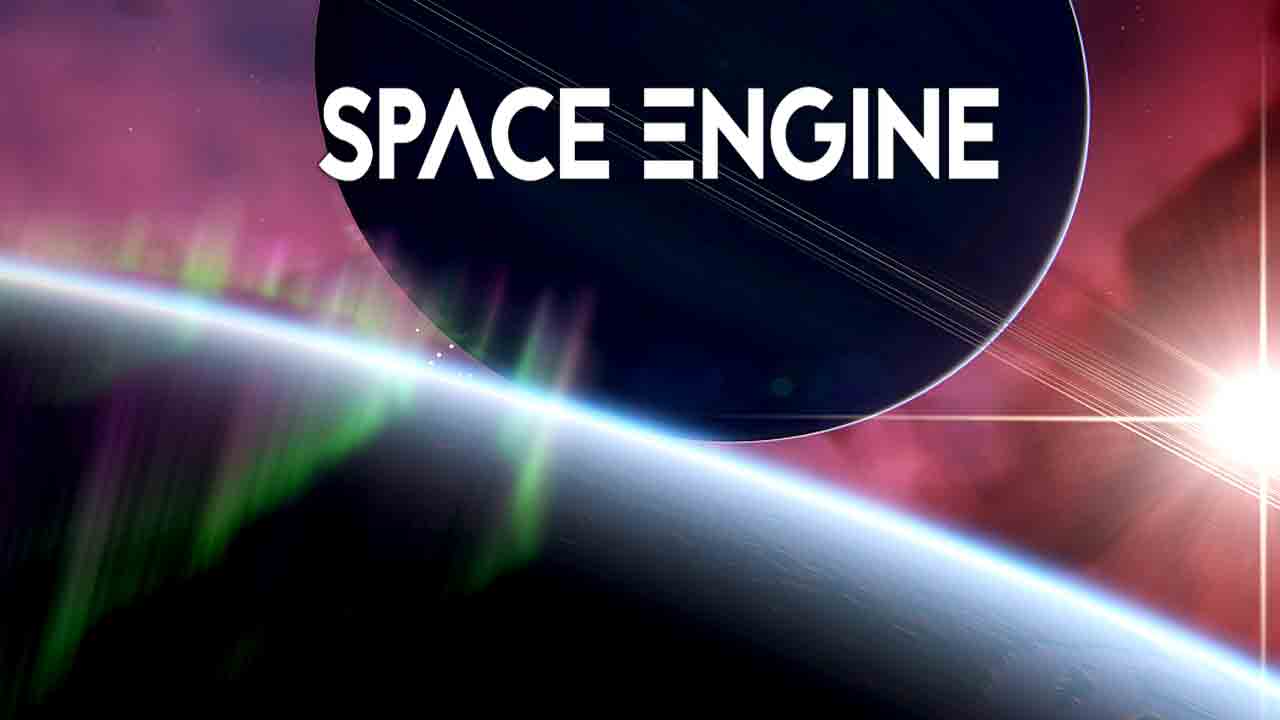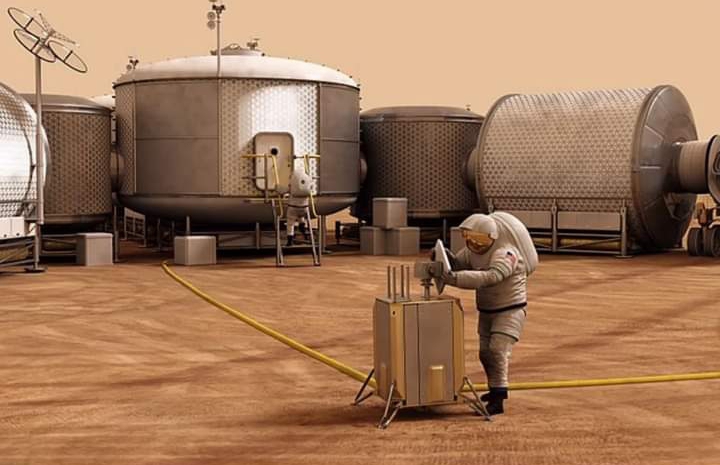SpaceEngine Free Directly Download
.
SpaceEngine is a 1:1 scale science-based Universe simulator, featuring billions upon billions of galaxies, nebulae, stars, and planets, all shown at their full real-world scale. Explore Earth and our neighboring worlds in the Solar System, orbit a black hole in a galaxy billions of light-years away, or visit anything in between seamlessly, with no transitions.
.
Download the course from the link below.
Baixe o curso no link abaixo.
.
http://lyksoomu.com/27039067/spaceengine01
.
Or
http://lyksoomu.com/27039067/spaceengine2
.
All of time and space are yours to explore – cruise between the stars at a million times the speed of light, and accelerate time to watch the orbital motions of a thousand worlds play out before your eyes. Every planet you encounter in your journey will feature procedural 3D terrain with detailed textures.
Everything you see in the sky – stars and galaxies, planets and moons, asteroids and comets, black holes and neutron stars, star clusters and nebulae – are yours to explore at the press of a button. Spacecraft with Newtonian physics and pilot-assist autopilot features (in early development but fully usable) are yours to fly anywhere in the universe in the Flight Simulator mode.
SpaceEngine is also very friendly for creators of mods and add-ons – create your own planets, star systems, even galaxies, import your own spacecraft models, create custom GUI skins, and more, all easily sharable with others.
SYSTEM REQUIREMENTS
OS: Windows 10
Processor: Intel Core i3-3220T or AMD FX-4100
Memory: 6 GB RAM
Graphics: GeForce GTX 1050 Ti or Radeon R9 380 (4 GB)
Storage: 60 GB available space
GAME INFO
Genre: Casual, Indie, Simulation, Early Access
Developer: Cosmographic Software
Platform: PC
Game Size: 60 GB
Released By: GOG
Version: v0.990.45.1940 | Early Access
Pre-Installed Game
.
#SpaceEngine #simulador #simulator #avançadas #viral #universo #universe #qualidade #15deAbrilde2023 #alepdias #sky #stars #planet #voyage #escala #journey #somee #galaxy #someeofficial #Hive #earnmoney
.
Baixe o curso no link abaixo.
Download the course from the link below.
.
http://lyksoomu.com/27039067/spaceengine01
Or
http://lyksoomu.com/27039067/spaceengine2 SpaceEngine Free Directly Download
.
SpaceEngine is a 1:1 scale science-based Universe simulator, featuring billions upon billions of galaxies, nebulae, stars, and planets, all shown at their full real-world scale. Explore Earth and our neighboring worlds in the Solar System, orbit a black hole in a galaxy billions of light-years away, or visit anything in between seamlessly, with no transitions.
.
Download the course from the link below.
Baixe o curso no link abaixo.
.
http://lyksoomu.com/27039067/spaceengine01
.
Or
http://lyksoomu.com/27039067/spaceengine2
.
All of time and space are yours to explore – cruise between the stars at a million times the speed of light, and accelerate time to watch the orbital motions of a thousand worlds play out before your eyes. Every planet you encounter in your journey will feature procedural 3D terrain with detailed textures.
Everything you see in the sky – stars and galaxies, planets and moons, asteroids and comets, black holes and neutron stars, star clusters and nebulae – are yours to explore at the press of a button. Spacecraft with Newtonian physics and pilot-assist autopilot features (in early development but fully usable) are yours to fly anywhere in the universe in the Flight Simulator mode.
SpaceEngine is also very friendly for creators of mods and add-ons – create your own planets, star systems, even galaxies, import your own spacecraft models, create custom GUI skins, and more, all easily sharable with others.
SYSTEM REQUIREMENTS
OS: Windows 10
Processor: Intel Core i3-3220T or AMD FX-4100
Memory: 6 GB RAM
Graphics: GeForce GTX 1050 Ti or Radeon R9 380 (4 GB)
Storage: 60 GB available space
GAME INFO
Genre: Casual, Indie, Simulation, Early Access
Developer: Cosmographic Software
Platform: PC
Game Size: 60 GB
Released By: GOG
Version: v0.990.45.1940 | Early Access
Pre-Installed Game
.
#SpaceEngine #simulador #simulator #avançadas #viral #universo #universe #qualidade #15deAbrilde2023 #alepdias #sky #stars #planet #voyage #escala #journey #somee #galaxy #someeofficial #Hive #earnmoney
.
Baixe o curso no link abaixo.
Download the course from the link below.
.
http://lyksoomu.com/27039067/spaceengine01
Or
http://lyksoomu.com/27039067/spaceengine2





